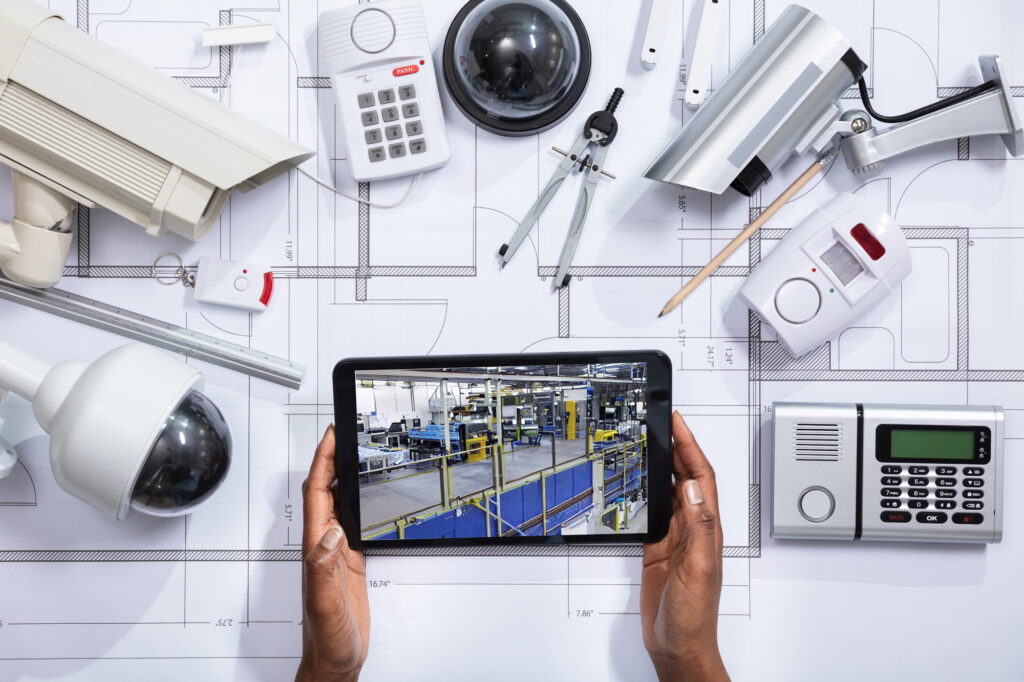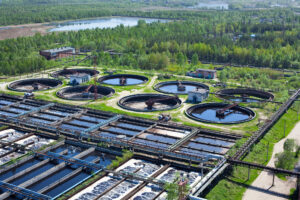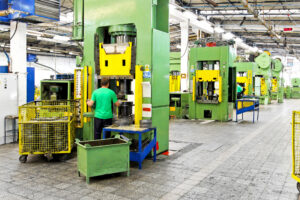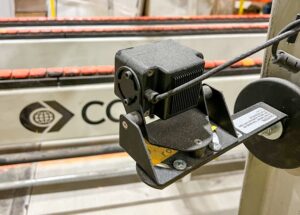Whether you’re managing a bustling manufacturing plant, overseeing a mining operation, or supervising a sawmill, having reliable and effective video monitoring cameras is paramount. These systems serve as vigilant eyes, capturing critical data, enhancing safety, and providing invaluable insights into operational efficiency.
However, with a vast array of industrial video monitoring cameras flooding the market, selecting the right one can feel overwhelming. Factors such as resolution, field of view, low-light capabilities, ruggedness, and integration with existing systems need to be carefully considered to make an informed decision.
Let’s walk through factors that deserve your attention as you work to unlock the potential of your industrial operations through the lens of intelligent and efficient video monitoring solutions.
Determine Industrial Video Monitoring Objectives
Installing a new video monitoring system or making upgrades to an existing system are optimal points to pause and think about the goals of the system. Here are a few things to consider:
- Is the system for security surveillance, monitoring a manufacturing process, or for general area observation?
- What are the environmental factors for each camera? Will it be placed indoors or outdoors? Will it be exposed to extreme conditions such as dust, vibration, temperature etc.?
- What kind of lighting is available for each camera? Standard color cameras work well in areas with consistent lighting whereas a Day/Night camera may be more suitable for locations with variable light conditions.
Within each industrial video monitoring system, there will be cameras with different objectives themselves. Evaluate each camera location to determine the image target that each camera should capture for your application. Common goals we see include:
- Simply detecting movement within a given area. If this is your goal, a single camera with a wide field of view (FOV) may be adequate. These are often applications where a pan/tilt/zoom (PTZ) camera can be successful in providing wide area coverage with the ability to zoom in when movement is detected.
- Capturing an event with enough detail to identify exactly what is occurring. Typically this means there is a very specific target area such as a doorway, vehicle entry point, or process on the production line. Cameras for this purpose will need a narrower FOV to capture more detail.
- Being able to positively identify individuals, objects, or specific problems. Such situations require high resolution images of just a small portion of the overall scene. A camera behind a teller’s wicket at a bank will have a narrow FOV to capture the face of the customer. In a manufacturing setting the camera may be positioned to record a specific gauge or other critical machinery operations.
Understand Basic Camera Types
Once you understand the requirements for each camera, you can start to narrow down the type of camera that might work best. (Also see our recap of camera lens selection.) Here’s a bit about each type of camera frequently used in industrial applications.
PTZ Cameras
Pan/tilt/zoom cameras are very versatile, providing coverage of large areas with the ability to zoom in on specific targets when needed. PTZ cameras can be programmed to “tour” an area, meaning the camera continually pans and rotates to a series of selected points. An operator can manually take control of the camera at any time with either a joystick control or using software. Indoor and outdoor options are available.
Box Cameras
Box cameras consist of the camera body and a separate lens selected for the specific target to be viewed. A separate mounting bracket is needed for installation. For outdoor installation, an environmental housing is required which may include a heater/blower unit for low temperature applications.
Dome Cameras
Dome cameras are compact and include either a varifocal or fixed lens within the housing. Economical mini-dome models are discreet and popular for indoor surveillance. Vandal resistant domes feature rugged housings and impact resistant polycarbonate covers. Some models include heaters for low temperature installations.
Bullet Cameras
Bullet cameras feature a cylindrical type housing with a mounting bracket attached. Indoor and outdoor models are available and many have built-in infrared LEDs for low light applications.
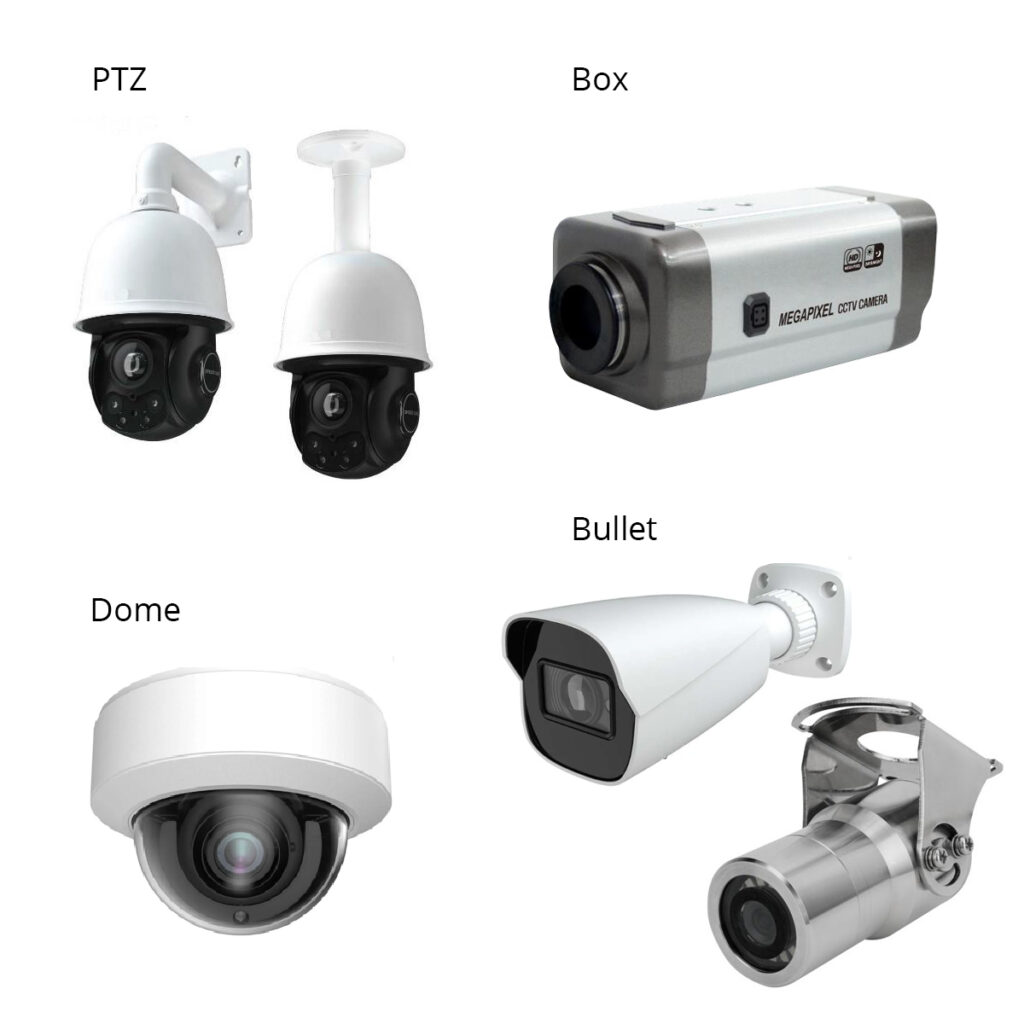
Consider Environmental Factors
The environment a camera will be used in has a significant impact on the type of camera that should be selected. Industrial settings present unique challenges and requirements that demand specialized cameras capable of withstanding harsh conditions and delivering reliable performance.
The primary objective of correct camera selection in these applications is to minimize the potential for camera failure. This directly reduces maintenance and equipment expenses and increases productivity.
Durability and Robustness
Industrial environments can be demanding, with exposure to dust, moisture, vibrations, extreme temperatures, and potential physical impacts (like getting hit by a log). As a result, the cameras used in these settings must be highly durable and built to withstand harsh conditions. Look for IP (Ingress Protection) ratings, such as IP67 or IP68, to ensure the camera’s resistance to dust and water if your application has challenging indoor environments.
Temperature Range
Industrial facilities often experience wide temperature fluctuations, from freezing cold to scorching heat. Cameras designed for industrial use should be able to operate reliably within a broad temperature range to avoid disruptions and ensure continuous monitoring.
Low Light Solutions
Lighting conditions play a critical role in determining image quality. Day/Night cameras are widely available for applications where light levels drop significantly at night. Like all color cameras, a true Day/Night camera has an infrared (IR) cut filter for daytime operation. When light levels drop, a clear glass filter mechanically replaces the IR filter and the camera switches to black and white to maximize image quality. Additional IR light can be provided by cameras with built-in IR LED’s.
Integration with Existing Systems
Industrial facilities frequently employ various security and automation systems. Compatibility and seamless integration of video monitoring cameras with existing infrastructure is essential for creating a unified and efficient industrial video monitoring system.
Specialized Features
Some industrial environments may require specialized camera features, such as thermal imaging for detecting heat anomalies or explosion-proof cameras for hazardous areas..
Working With a Partner
The industrial environment’s unique challenges and requirements necessitate careful consideration when selecting video monitoring cameras. By prioritizing durability, image quality, low-light performance, integration capabilities, and other essential factors, businesses can deploy surveillance systems that offer enhanced security, safety, and operational efficiency tailored to their specific industrial needs.
There are a lot of factors to consider when selecting cameras for an industrial video monitoring system, and the experts at Opticom are ready to help. Contact us with questions or to start discussing your facility’s needs.

